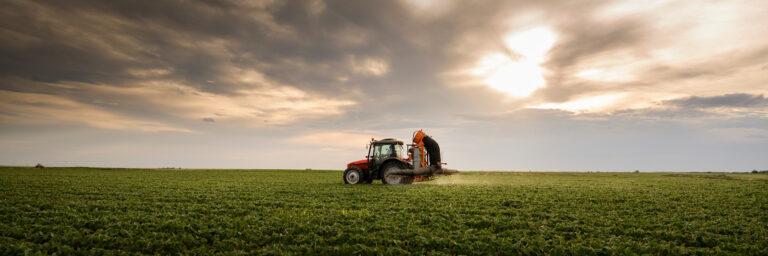
April Business Update: SRUC
After two years of operation as a Limited Company, Agrecalc became part of Scotland’s Rural College (SRUC) as of 1 April 2025.
Ancient Greeks wrote that “To be a successful farmer one must first know the nature of the soil” and Welsh farmer Dewi Davies has embraced this advice in his quest to reduce carbon emissions in Wales.
Dewi didn’t hesitate to sign up for the Programme for the Improvement in Sustainability of (red) Meat (PRISM 2030) initiative, which was launched in November 2022 by ABP Food group, one of Europe’s leading privately owned food processors.
Agrecalc’s consultancy partners, The Andersons Centre, used our technology to calculate and – together with Professor Jude Capper from Harper Adams University – give suggestions to improve the carbon footprint and business efficiency at the farm near Colwyn Bay, on the north coast of Wales.
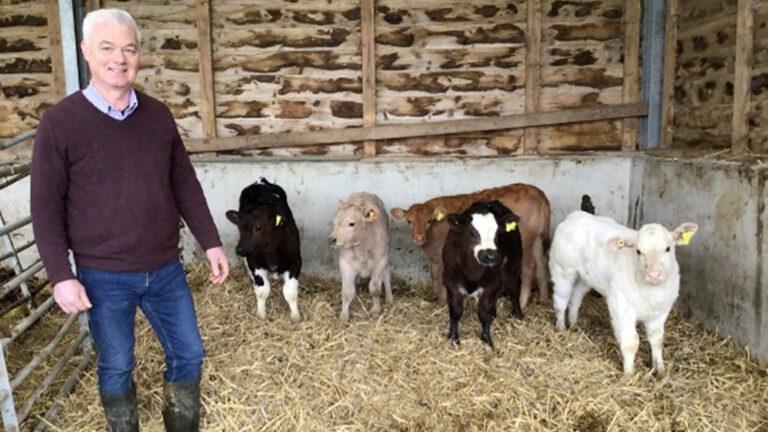
Dewi is used to looking at the bottom line and analysing data from combining his work in agricultural finance with running the 300-acre farm.
“Through the Welsh Government’s Farming Connect I have previously been able to access a small amount of carbon footprint analysis,” explains Dewi. “So, I had no hesitation in signing up for the Agrecalc analysis; I’m really interested in getting a better understanding about how to improve the farm’s efficiency.”
Dewi ranks the detailed soil testing that he was able to access with the support of PRISM as a real gamechanger for the farm.
“I grow a little bit of spring barley which I sell on as wholecrop to a nearby dairy farmer,” explains Dewi. “There was a patch in the field which was underperforming. The field had been tested the previous year and the results were acceptable. My agronomist, Rhys Owen of Procam, suggested sampling the patch as a starting point.
“The results showed the patch was very acidic. Through the PRISM scheme we were able to access GPS soil testing by S&S Liming and get a detailed map of the field. The results showed the averages were fine, but there was significant variation within the field.”
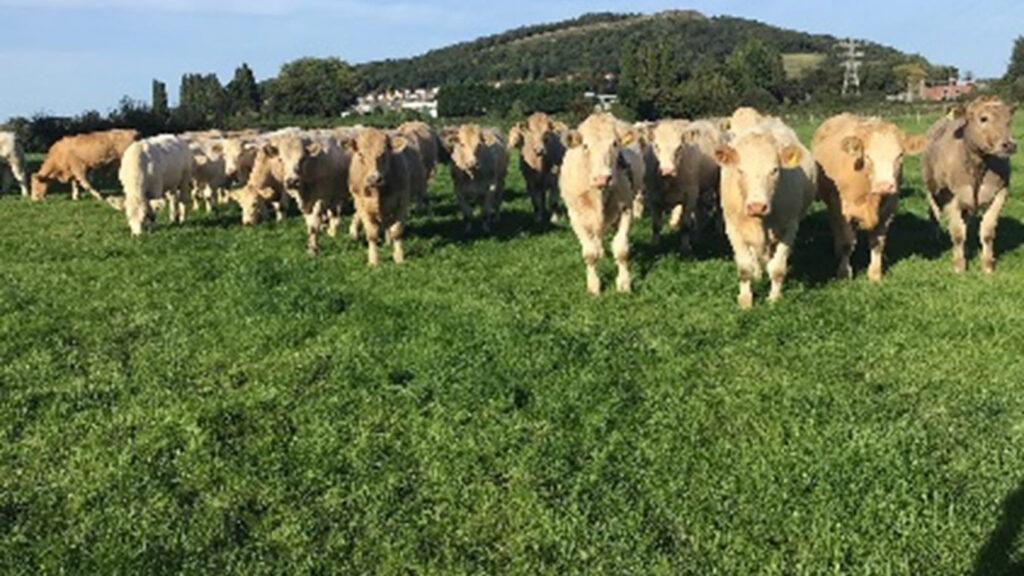
“I had no hesitation in signing up for the Agrecalc analysis; I’m really interested in getting a better understanding about how to improve the farm’s efficiency [...] I saved money and my [underperforming] field looks so much better – so even – now. The GPS map is a great way of seeing trends before they become as noticeable as that patch was in the spring barley.”
Dewi Davies
The data was utilised by contractor Sion Williams’ variable rate spreader to apply lime and potash to the deficient areas of the field.
“I saved money and the field looks so much better – so even – now,” explains Dewi. “The GPS map is a great way of seeing trends before they become as noticeable as that patch was in the spring barley.”
Detailed soil testing of the grassland is also paying dividends, with Dewi now reducing costs – and carbon footprint – with less bought-in artificial fertiliser.
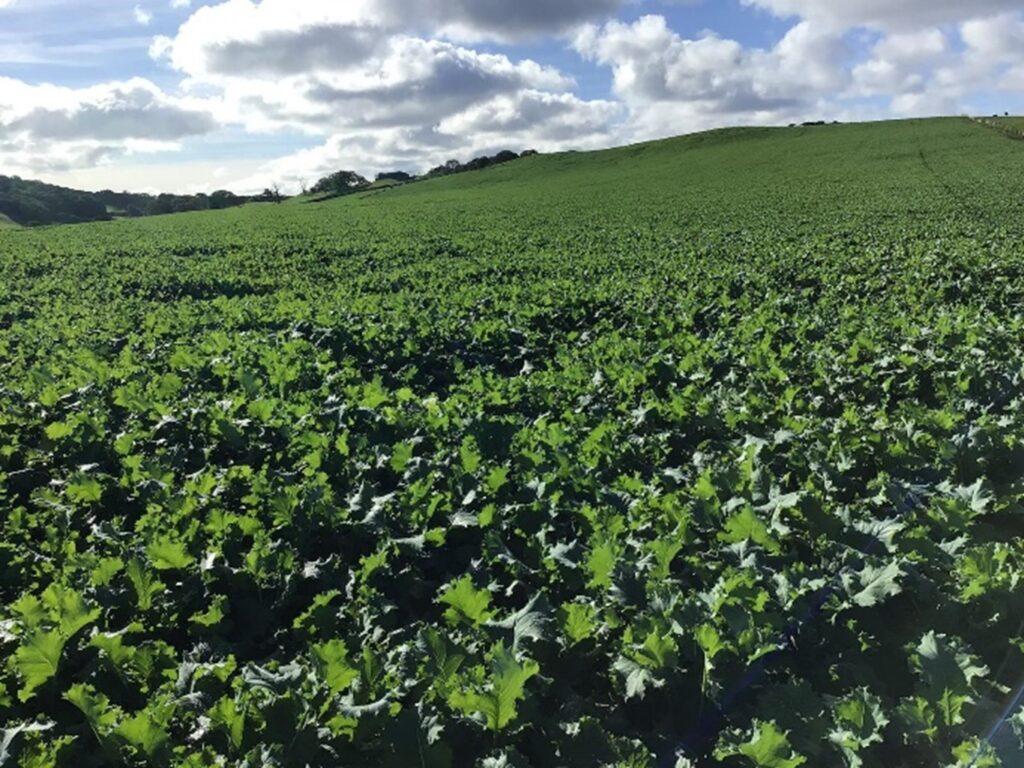
Dewi outwinters between 80 and 150 cattle on forage rape and fodder beet, nothing is housed and these are finished off grass the following summer. A mixture of native and continental crosses are kept, which this winter includes 60 Angus’ on contract with Blade Farming. A further 80-100 Charolais yearling steers are bought in the spring and sold in the autumn to a regular buyer from Herefordshire. He provides the gradings when the cattle are slaughtered at ABP which gives some guidance as to the following spring’s purchasing.
Dewi also calves about 30 heifers each spring, selling them with calves at foot in May and June. This year he is looking at genomic testing of the heifers to select those which have the best potential in terms of calving ease, milk yield, calf growth rate, durability etc.
The farm’s Agrecalc report considered all aspects of the business and how it is managed, generating calculations that then allowed practical recommendations for improvement, to be made. Recommendations included:
“In farming, there can often be the attitude down the generations of ‘we’ve always done it this way’ and it never does any harm to look at other people’s ideas,” concludes Dewi.

After two years of operation as a Limited Company, Agrecalc became part of Scotland’s Rural College (SRUC) as of 1 April 2025.
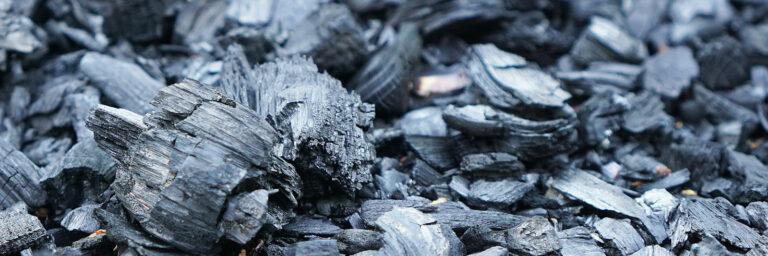
Biochar is a carbon-rich material produced by pyrolysing biomass, which offers a variety of potential agronomic benefits. In this guest article, Black Bull Biochar discusses how these effects work together to bolster productivity, sustainability, and resilience in farming.
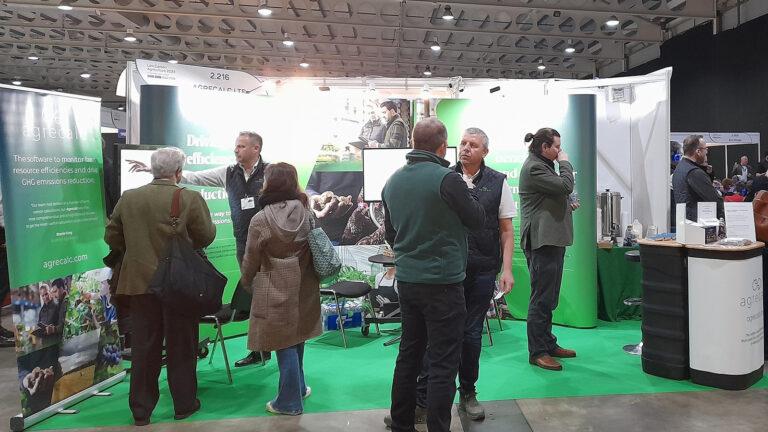
The Agrecalc team is looking forward to welcoming you at our stand (2.844) at this year’s Low Carbon Agriculture Show, taking place on March 5 and 6, at NAEC Stoneleigh near Kenilworth.